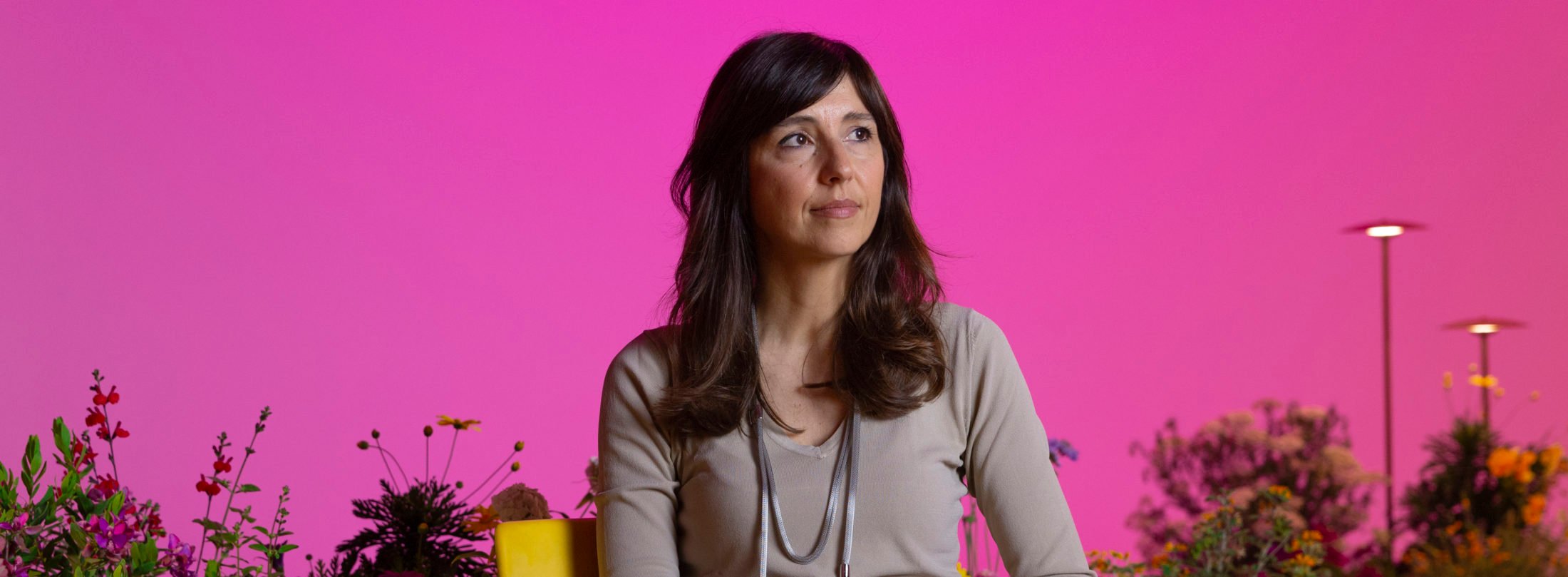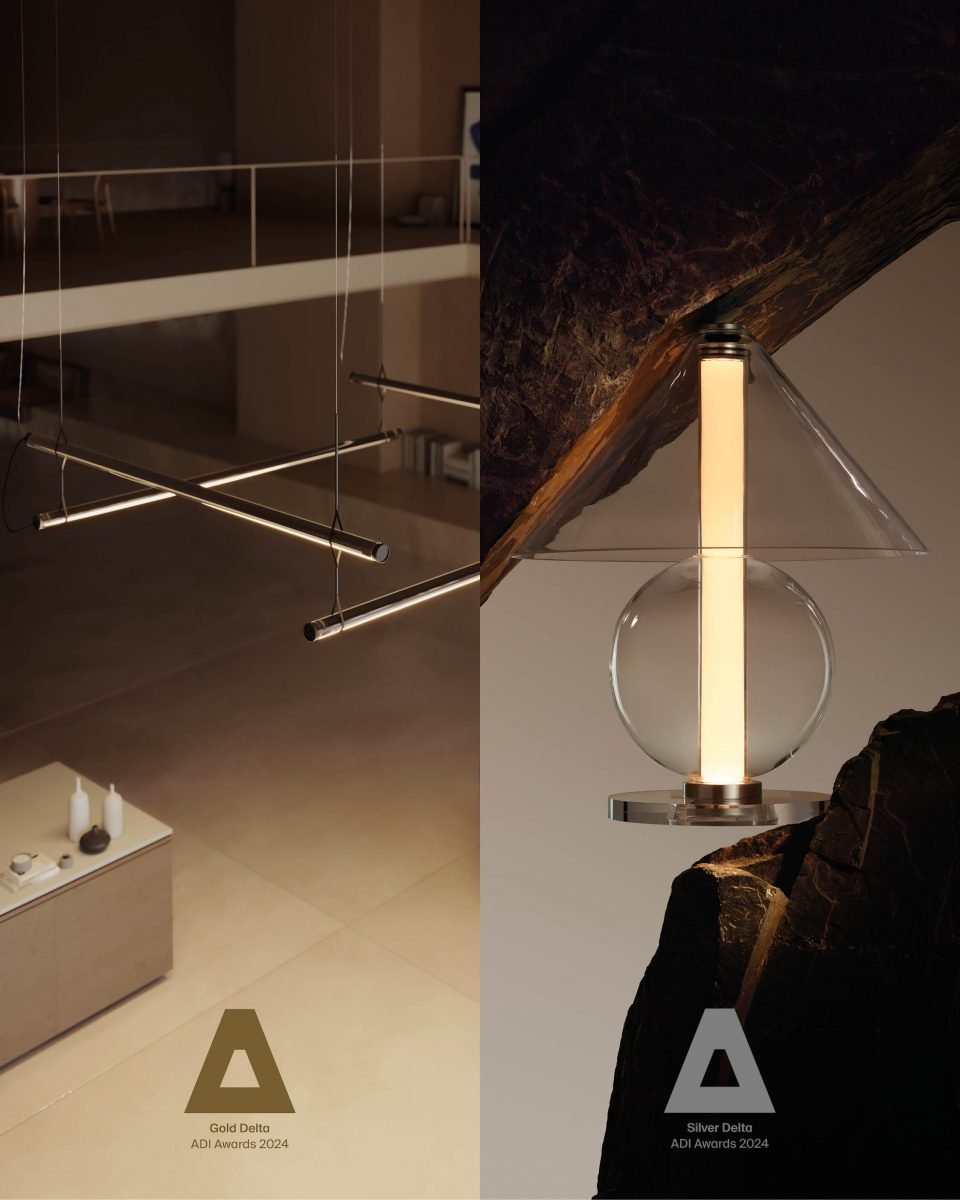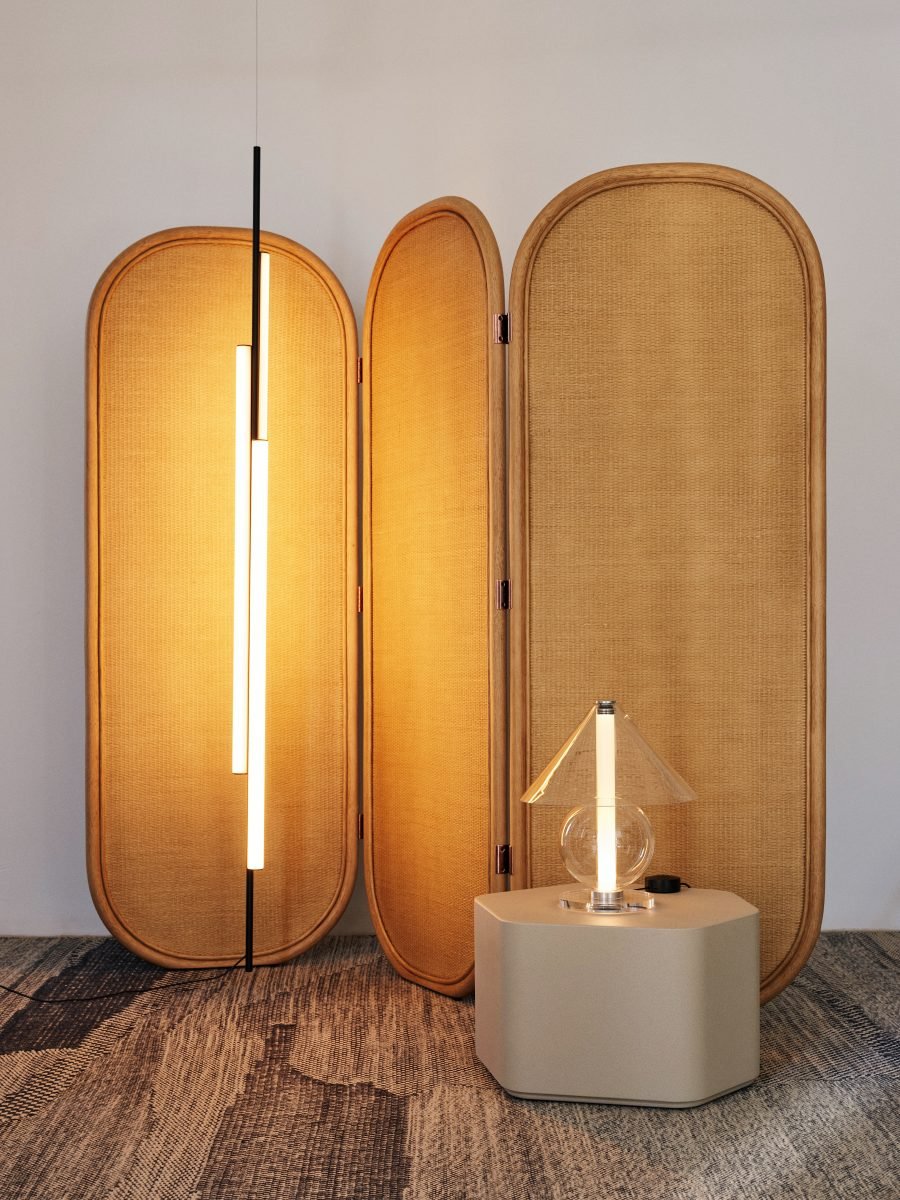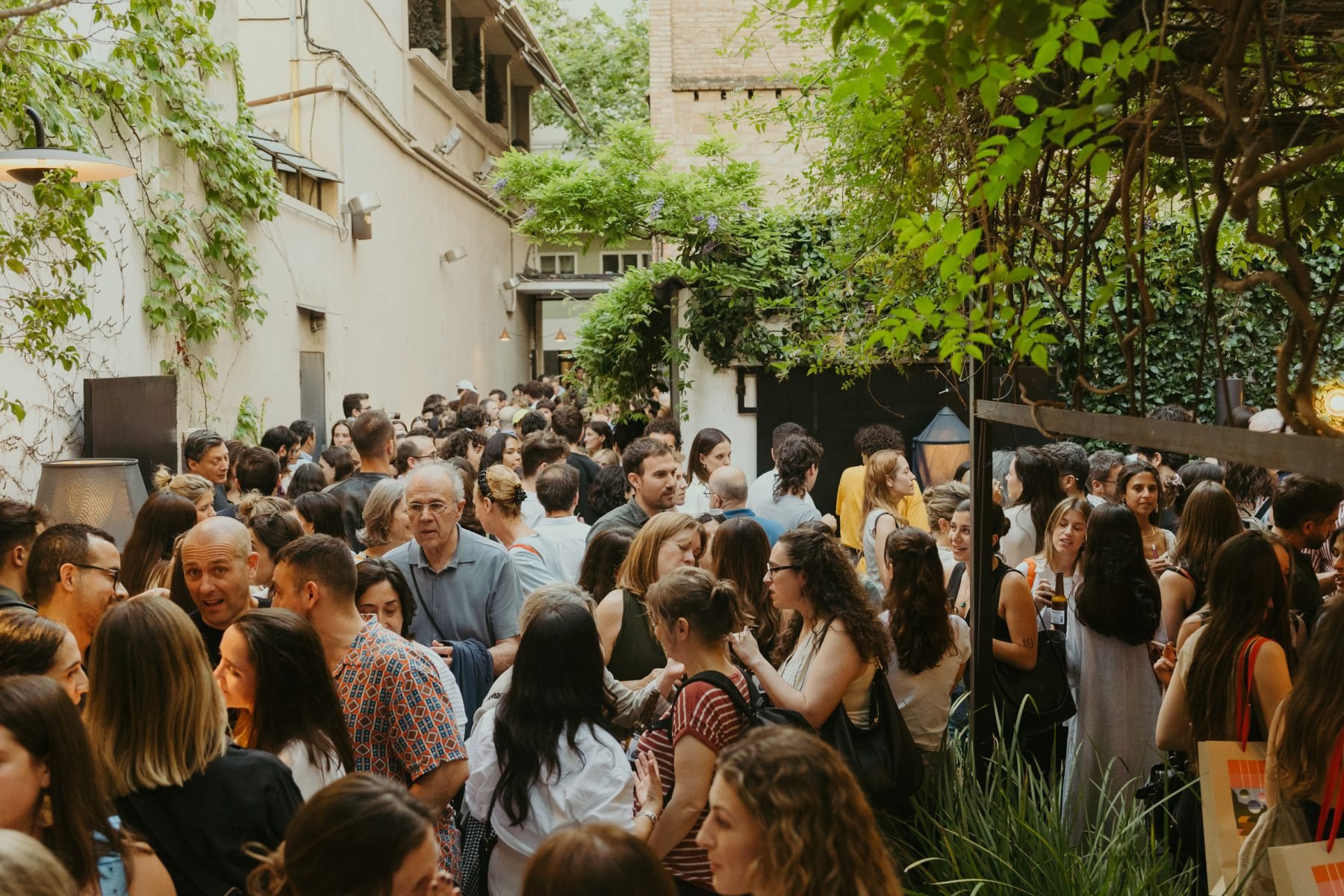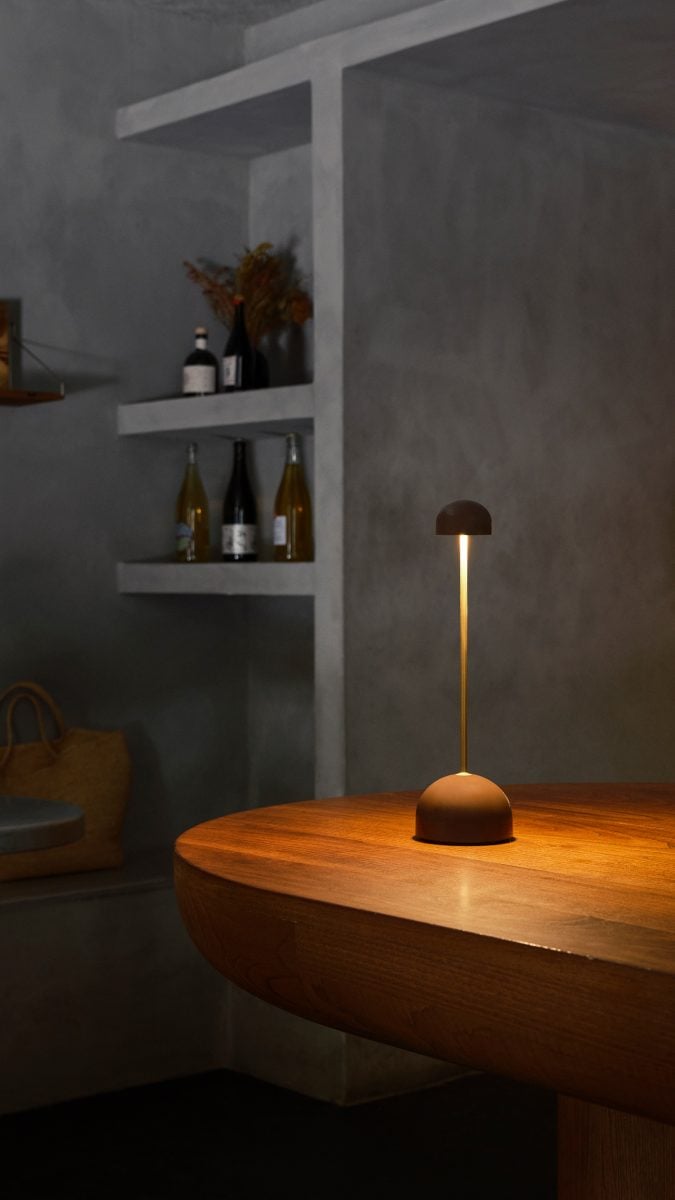The outdoors as scenery, with Michela Mezzavilla
Michela Mezzavilla is an architect and lighting designer. When she was studying architecture, she realized that lighting conferred emotion to projects, and it became her creative subject par excellence. This lighting specialist explains how to light exterior spaces to create an enchanting nocturnal scene.
How do you perceive the relationship between the indoors and outdoors when it comes to lighting?
I think this is one of the most important relationships to take into account when designing spaces. My perception is that the interior wants to go outside and the exterior wants to go inside. It is a relationship rife with constant desire, blending, and mutual “contamination”. It becomes very interesting when the exterior brings some element to the interior space. On the other hand, the interior wants its presence felt outside through lighting, whether this be decorative or more formal.
How do artificial and natural light relate to each other?
Natural light changes a lot throughout the day and varies in its intensity, direction, and color temperature. When we work outdoors, all these shifts are very interesting and become a great source of inspiration. Ultimately, this natural environment is where we just have the sunlight, seeing how it transforms into night. It is important to understand this transition to discover how artificial light reminds us of and evokes natural light.
What are your objectives when working on an outdoor project?
In an outdoor project, the most interesting thing is to use the night as a canvas and from there to work, creating different visual levels, with a narrative that can be very subtle, very measured, and even a bit magical. When I work on outdoor spaces, I am interested in creating sensitive, magical spaces that take advantage of the darkness, using it to make a statement and tell a story through illumination.
Our relationship with lamps indoors is very close, but outdoors we also see them from afar. How do we take full advantage of this type of space?
The relationships we create with lamps is very interesting, both when we have them very close to us indoors and when these lamps go outside. On the one hand, inside we begin to have this visual relationship with them, and we perceive them as a visual landmark. On the other hand, when they go outside, they endow spaces with a human scale, the scale of the interior. This gives these spaces a domestic atmosphere that generates an intimate nucleus around them, allowing us to make the exterior a warm and inviting place.
What role does the darkness play in the exterior? How do we play with it?
Darkness in the outdoor space is a very enriching element. In interior spaces we hardly have any dark corners. On the other hand, outdoors we have the darkness, which is like the boundary to magic. I like to think that magicians make things appear and disappear based precisely on plays of light. What is black or dark disappears and what is illuminated appears. This is very typical of outdoor lighting, which allows us to play more with appearances and disappearances, like virtual magic that we can generate by manipulating light.
What is the purpose of decorative outdoor designs?
In my mind, they have two fundamental roles. The first role, which I’m a big fan of, is to produce environments of intimacy, building a personal corner on a human scale within the immensity of nature and the world. On the other hand, there is a more relative aspect to objects that I find very valuable and that is defined through their finishes, colors, and shape; through these characteristics, design elements enter into a dialog with the space and are able to integrate or reflect light. Normally, architecture provides the inhabited space acting as a buffer between man and nature, but when we go outside and take a lamp, this luminous object becomes the point of contact. For this reason, I find battery-operated, portable lights to be very valuable, because they allow us to move the light and they are the element that connects the natural scale, which is immense, with the human scale. In that way, carrying the light allows you to create your own space within nature.
How do you create a visual narrative outdoors?
In the outdoors, we can work in an almost theatrical way, precisely because we have a dark environment to start with, and with a little lighting we can establish lighting hierarchies. The narrative is created by balancing the different levels of light and/or generating contrasts. Using the light, we define who the protagonist of our scene is, who are the secondary actors, who enters first, who enters later, etc.
On the path that a person takes to get outside, we weave a story, and with the lighting narrative we give personality to the space. Each project tells a different story. Thus, there are projects with a very subtle, sensitive, almost imperceptible discourse. But there are others where the story is produced with more lighting and more contrasts. There are different tones that can be used, and it depends on how the lighting designers want to interpret it.
What challenges do you think outdoor lighting entails?
In outdoor lighting, it’s a question of the lighting establishing a relationship with the natural environment and also of there being as little light pollution as possible. Nowadays, it is not so necessary to flood outdoor spaces with light. In fact, the human eye has the ability to see in very low light, adapting to use the moonlight and even functioning when there is no moon. Our eye can adapt and activate photoreceptors that allow us to see in a different way, almost in grayscale. Therefore, it would be ideal to work with much lower levels of illumination, at the limit of our visual possibilities.
In very specific situations, we use this ability to see at night through our night vision. You go camping and suddenly you realize that your eyes are able to see. For me, the real luxury is to regain this kind of vision, which is also something that you can’t capture in a photo or record on film. And this is not only a sustainability goal, but an experiential or creative goal, to say how far we can take outdoor lighting to be as minimal as possible, the least invasive, and allow our eye to work as human eyes have always worked.

